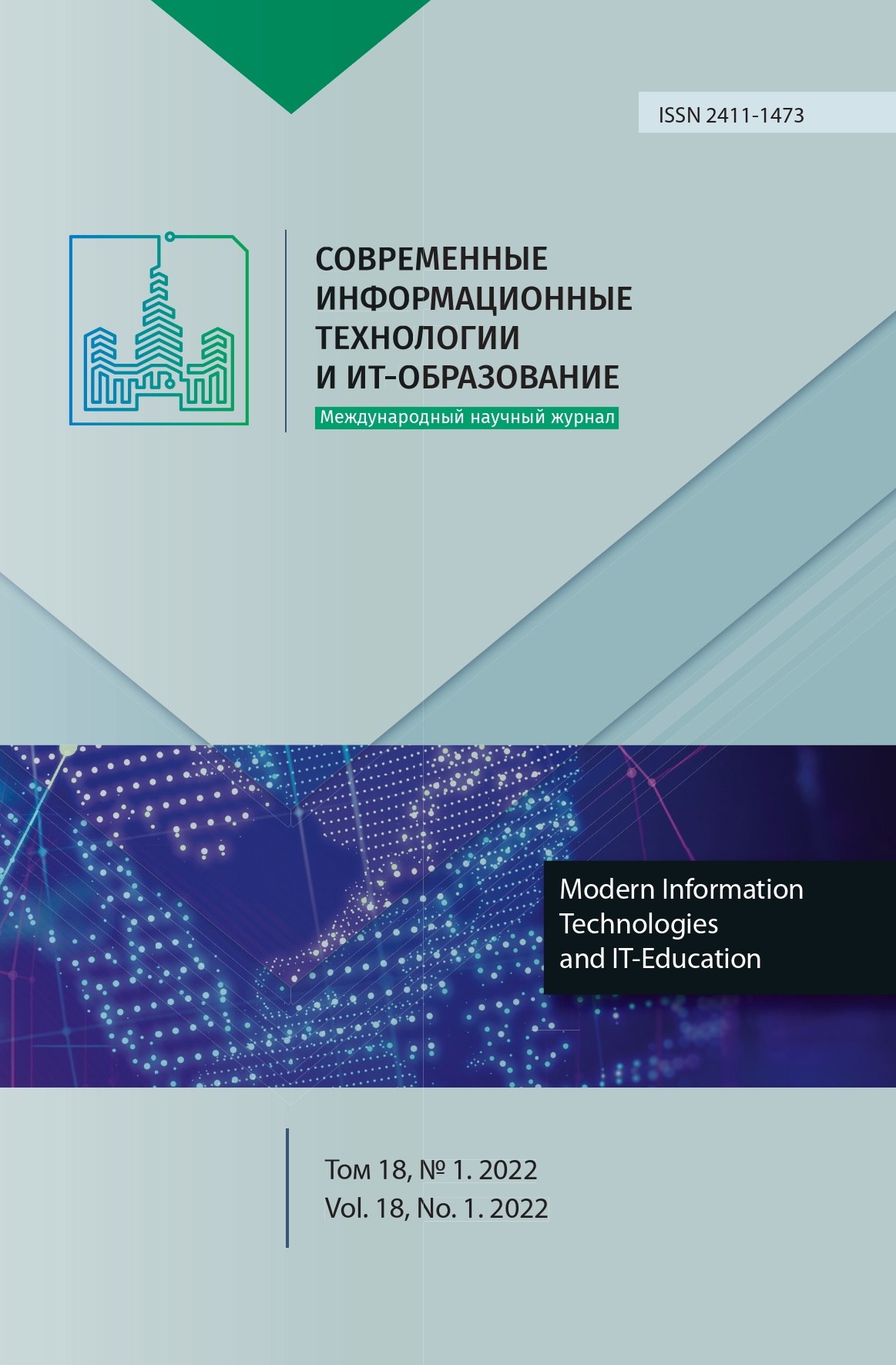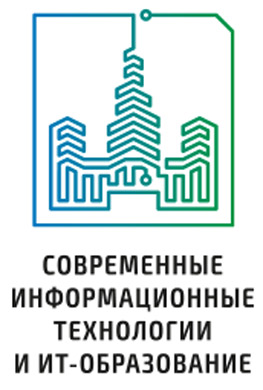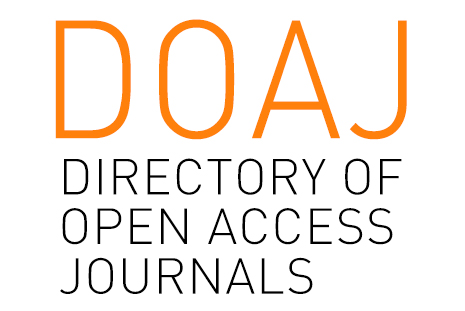Исследование алгоритмов траекторного управления роботом манипулятором
Аннотация
Активное развитие технологий и научные разработки последних лет способствовали качественному изменению и совершенствованию промышленных роботов-манипуляторов и привели к их широкому применению на производстве. Одним из наиболее распространенных режимов работы роботов-манипуляторов является движение вдоль заданной траектории. В статье проводится сравнительный анализ четырех схем траекторного управления, две из которых представляют собой ПД (пропорционально-дифференцирующие) регуляторы и две – методы управления в скользящем режиме. Изучено влияние различных типов возмущений при применении регуляторов для управления трехзвенным роботом-манипулятором. Рассматривается белый шум, высокочастотный гармонический сигнал, случайные единичные помехи и параметрическая неопределенность модели объекта управления. Разработан имитационный моделирующий комплекс с использованием интегрированной среды MATLAB-Simulink, который позволяет проводить вычислительные эксперименты с замкнутой системой управления манипулятора. Результаты проведенных экспериментов подтвердили состоятельность и эффективность выдвинутых методических рекомендаций по настройке параметров и применению алгоритмов в различных условиях. Указания просты в применении и могут быть полезны при необходимости использования роботов-манипуляторов, решающих во время своей работы траекторные задачи. Представленные методы управления применимы к различным роботам последовательной кинематики.
Литература
2. Zeng K., et al. Trajectory tracking for a 3-DOF robot manipulator based on PSO and adaptive neuro-fuzzy inference system. 2016 35th Chinese Control Conference (CCC). IEEE Press, 2016. p. 973-977. (In Eng.) doi: https://doi.org/10.1109/ChiCC.2016.7553213
3. Sotnikova M.V., Veremey E.I. Algorithms for Motion Optimization on a Given Trajectory Taking into Account Weather Forecast and Constraints. IFAC-PapersOnLine. 2018; 51(32):389-394. (In Eng.) doi: https://doi.org/10.1016/j.ifacol.2018.11.415
4. Slotine J.J.E., Li W. On the adaptive control of robot manipulators. The international journal of robotics research. 1987; 6(3):49-59. (In Eng.) doi: https://doi.org/10.1177/027836498700600303
5. Kumar J., Gupta D., Goyal V. Nonlinear PID Controller for Three-Link Robotic Manipulator System: A Comprehensive Approach. Proceedings of International Conference on Communication and Artificial Intelligence. Springer, Singapore; 2022. p. 137-152. (In Eng.) doi: https://doi.org/10.1007/978-981-19-0976-4_12
6. Jangid M.K., Kumar S., Singh J. Trajectory tracking optimization and control of a three link robotic manipulator for application in casting. International Journal of Advanced Technology and Engineering Exploration. 2021; 8(83):1255. (In Eng.) doi: https://doi.org/10.19101/IJATEE.2021.874468
7. Hu W.F., et al. Intelligent robust control for three-link robot manipulator via sliding mode technology. 2007 IEEE 22nd International Symposium on Intelligent Control. IEEE Press; 2007. p. 499-504. (In Eng.) doi: https://doi.org/10.1109/ISIC.2007.4450936
8. Ozaki T., et al. Trajectory control of robotic manipulators using neural networks. IEEE Transactions on Industrial Electronics. 1991; 38(3):195-202. (In Eng.) doi: https://doi.org/10.1109/41.87587
9. Mustafa M.M., Hamarash I., Crane C.D. Adaptive-Sliding Mode Trajectory Control of Robot Manipulators with Uncertainties. Zanco Journal of Pure and Applied Sciences. 2020; 32(4):22-29. (In Eng.) doi: https://doi.org/10.21271/ZJPAS.32.4.3
10. Cho H. On Robust Adaptive PD Control of Robot Manipulators. Journal of Applied and Computational Mechanics. 2020; 6:1450-1466. (In Eng.) doi: https://doi.org/10.22055/JACM.2020.35658.2707
11. Fan L., Joo E.M. Linear and nonlinear PD-type control of robotic manipulators for trajectory tracking. 2009 4th IEEE Conference on Industrial Electronics and Applications. IEEE Press; 2009. p. 3442-3447. (In Eng.) doi: https://doi.org/10.1109/ICIEA.2009.5138846
12. Schlanbusch R., et al. PD+ based output feedback attitude control of rigid bodies. IEEE Transactions on Automatic Control. 2012; 57(8):2146-2152. (In Eng.) doi: https://doi.org/10.1109/TAC.2012.2183189
13. Santibañez V., Kelly R. PD control with feedforward compensation for robot manipulators: analysis and experimentation. Robotica. 2001; 19(1):11-19. (In Eng.) doi: https://doi.org/10.1017/S0263574700002848
14. Piltan F., Sulaiman N.B. Review of sliding mode control of robotic manipulator. World Applied Sciences Journal. 2012; 18(12):1855-1869. (In Eng.) doi: https://doi.org/10.5829/idosi.wasj.2012.18.12.208
15. Islam S., Liu X.P. Robust sliding mode control for robot manipulators. IEEE Transactions on industrial electronics. 2010; 58(6):2444-2453. (In Eng.) doi: https://doi.org/10.1109/TIE.2010.2062472
16. Mahayana D., Anwari S. Robust adaptive control for robotic manipulator based on chattering free variable structure system. 2009 International Conference on Electrical Engineering and Informatics. Vol. 1. IEEE Press; 2009. p. 247-252. (In Eng.) doi: https://doi.org/10.1109/ICEEI.2009.5254779
17. Neila M.B.R., Tarak D. Adaptive terminal sliding mode control for rigid robotic manipulators. International Journal of Automation and Computing. 2011; 8(2):215-220. (In Eng.) doi: https://doi.org/10.1007/s11633-011-0576-2
18. Corradini M.L., et al. Discrete time sliding mode control of robotic manipulators: Development and experimental validation. Control Engineering Practice. 2012; 20(8):816-822. (In Eng.) doi: https://doi.org/10.1016/j.conengprac.2012.04.005
19. Sotnikova M.V., Veremey E.I., Korovkin M.V. Transoceanic routes optimization using dynamic properties of ship and weather conditions. 2017 Constructive Nonsmooth Analysis and Related Topics (dedicated to the memory of V.F. Demyanov) (CNSA). IEEE Press, St. Petersburg, Russia; 2017. p. 1-4. (In Eng.) doi: https://doi.org/10.1109/CNSA.2017.7974017
20. Khalil H.K. Nonlinear systems third edition. Patience-Hall, Inc.; 2002. 3rd ed. 768 p. (In Eng.)
21. Siciliano B., et al. Robotics: Modelling, Planning and Control. Advanced Textbooks in Control and Signal Processing. Springer Science & Business Media, London; 2009. 632 p. (In Eng.) doi: https://doi.org/10.1007/978-1-84628-642-1
22. Bräunl T. Robot Manipulators. In: Embedded Robotics. Springer, Singapore; 2022. p. 253-269. (In Eng.) doi: https://doi.org/10.1007/978-981-16-0804-9_13
23. Arteaga M.A., Gutiérrez-Giles A., Pliego-Jiménez J. Dynamics of Rigid Robot Manipulators. Local Stability and Ultimate Boundedness in the Control of Robot Manipulators. Springer, Cham; 2022. p. 71-102. (In Eng.) doi: https://doi.org/10.1007/978-3-030-85980-0_3
24. Arteaga M.A., Gutiérrez-Giles A., Pliego-Jiménez J. A General Overview of Robot Manipulators. Local Stability and Ultimate Boundedness in the Control of Robot Manipulators. Lecture Notes in Electrical Engineering. Vol. 798. Springer, Cham; 2022. (In Eng.) doi: https://doi-org.libproxy.viko.lt/10.1007/978-3-030-85980-0_1
25. Jain A., Rodriguez G. Computational robot dynamics using spatial operators. Proceedings 2000 ICRA. Millennium Conference. IEEE International Conference on Robotics and Automation. Symposia Proceedings (Cat. No.00CH37065). Vol. 1. IEEE Press; 2000. p. 843-849. (In Eng.) doi: https://doi.org/10.1109/ROBOT.2000.844155

Это произведение доступно по лицензии Creative Commons «Attribution» («Атрибуция») 4.0 Всемирная.
Редакционная политика журнала основывается на традиционных этических принципах российской научной периодики и строится с учетом этических норм работы редакторов и издателей, закрепленных в Кодексе поведения и руководящих принципах наилучшей практики для редактора журнала (Code of Conduct and Best Practice Guidelines for Journal Editors) и Кодексе поведения для издателя журнала (Code of Conduct for Journal Publishers), разработанных Комитетом по публикационной этике - Committee on Publication Ethics (COPE). В процессе издательской деятельности редколлегия журнала руководствуется международными правилами охраны авторского права, нормами действующего законодательства РФ, международными издательскими стандартами и обязательной ссылке на первоисточник.
Журнал позволяет авторам сохранять авторское право без ограничений. Журнал позволяет авторам сохранить права на публикацию без ограничений.
Издательская политика в области авторского права и архивирования определяются «зеленым цветом» в базе данных SHERPA/RoMEO.
Все статьи распространяются на условиях лицензии Creative Commons «Attribution» («Атрибуция») 4.0 Всемирная, которая позволяет другим использовать, распространять, дополнять эту работу с обязательной ссылкой на оригинальную работу и публикацию в этом журналe.













